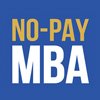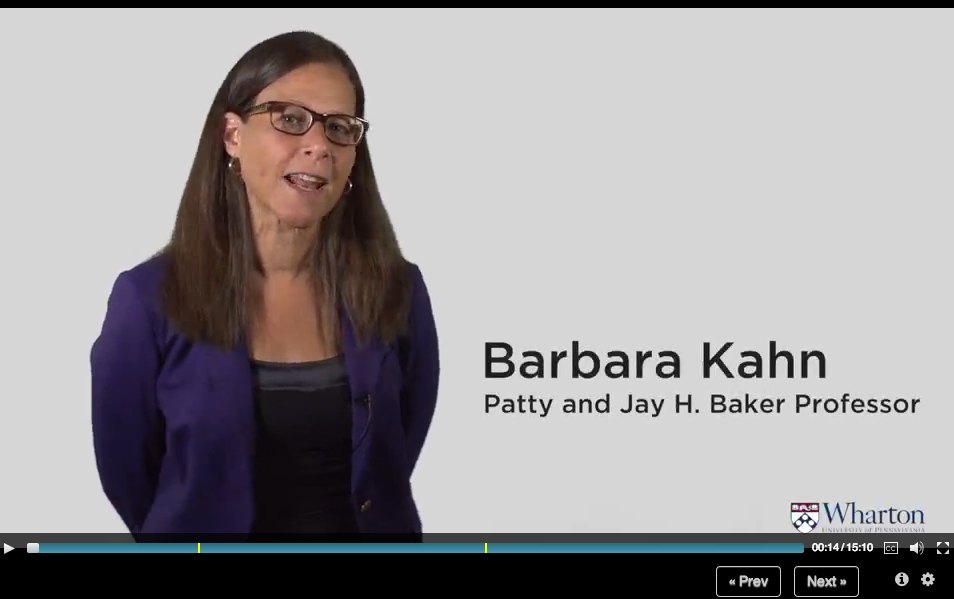Ladies, the numbers don’t look good. Though there isn’t much data specific to business courses, those studies that have been done on MOOC enrollment rates point to an overall trend of many more men than women taking advantage of free online courses. The numbers vary, but the story is largely similar. In one study of MOOC users, female students were 41% of the population; in another, they were only 36%. EdX recently released a profile of its users, only 29% of whom are women. As one article summarized the research, “students tend to be young, well-educated males who are trying to advance in their jobs.”
I started thinking about this topic when I clicked on the first video lecture for Wharton’s Introduction to Marketing and found myself surprised to see a female professor. I’m not sure why it didn’t occur to me before that moment, but I realized that almost all of my MOOC professors have been men. I did one short course on human resources taught by a woman, and there were a couple of brief units taught by women in my course on international organizations management, but the vast majority of my courses so far have been taught by men. This got me thinking about women’s participation in MOOCs, both as students and as professors.
Though I didn’t find any formal research, preliminary evidence suggests that the stats among MOOC professors are even worse than those among MOOC students. Out of curiosity, I conducted my own informal survey of Coursera’s Business and Management course offerings. The 62 courses I found included the following:
| Business courses taught by one man |
42 |
| Business courses taught by two or more men |
11 |
| Business courses taught by mixed gender groups |
8 |
| Business courses taught by one woman |
1 |
| Business courses taught by a group of women |
0 |
So there you have it. Women are under-represented in business MOOCs, just as they are in business school generally.
Now that I’ve shared these disheartening statistics, let me tell you why I’m optimistic about the potential of business MOOCs to be a great boon to women.
1. MOOCs are so new that these numbers could easily change. The overall trend may be that more MOOC students are men, but at least in my Accounting course last year, the gender gap was markedly less than in the studies I mentioned previously.
2. The economic arguments that keep some women out of MBA programs do not apply to MOOCs. Some women who choose not to go to traditional business school may be making the right financial choice, especially if they want to prioritize family, have flexibility in their careers, or take any extended breaks from working. Women who want to learn business skills without going deeply into debt – especially if they don’t plan to put their careers before other priorities – may find that a MOOC-based education makes more sense for them than a traditional degree program.
3. For women who do intend to apply to B-school, taking a few MOOCs can be a great way to build confidence prior to enrolling.
4. The number of women-owned businesses grew by 41% between 1997 and 2013. A regular MBA might not be the greatest investment for a woman who wants to start her own businesses. Conversely, free online education can provide what an entrepreneur needs to get started without the debt to weigh her down.
Have I convinced you? If so, why not enroll in a MOOC today? We need to get our numbers up!




